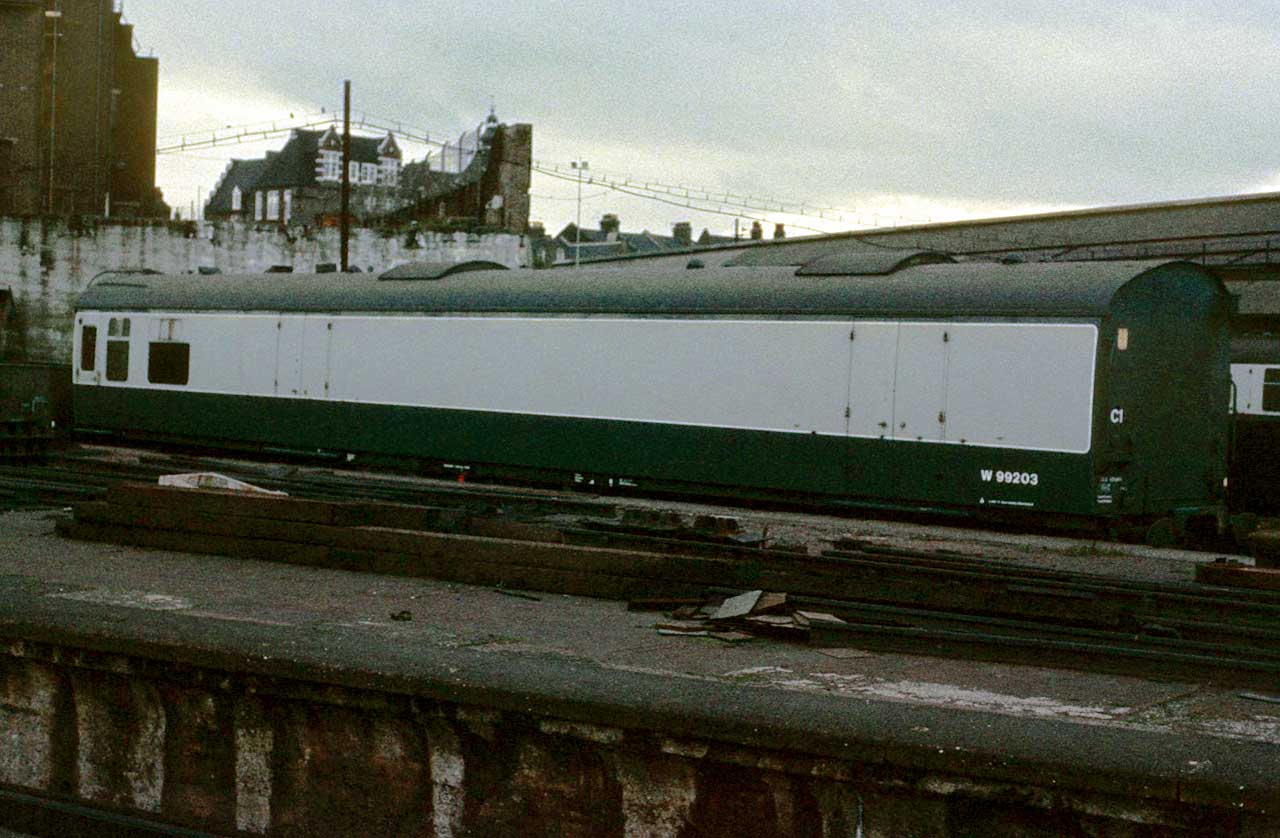Union St
Member
Good evening everyone.
Apologies, I know nothing about railways.
I am an author working on my second book, a novel set in 1963.
In the story I need to transport a large box from Southampton docks to a business park in Wembley in 1963. Can you help me with any information concerning lines that might have been used (it was all British Rail, right), and I'm thinking the train must have gone through Clapham Junction. I also believe the best station near Wembley would be Wembley Central. Well, any information concerning the lines used, trains used, etc. would be much appreciated.
Thank you so much.
pm if you want to see my first book - I'm not here to sell that.
Regards, Sean
Apologies, I know nothing about railways.
I am an author working on my second book, a novel set in 1963.
In the story I need to transport a large box from Southampton docks to a business park in Wembley in 1963. Can you help me with any information concerning lines that might have been used (it was all British Rail, right), and I'm thinking the train must have gone through Clapham Junction. I also believe the best station near Wembley would be Wembley Central. Well, any information concerning the lines used, trains used, etc. would be much appreciated.
Thank you so much.
pm if you want to see my first book - I'm not here to sell that.
Regards, Sean

